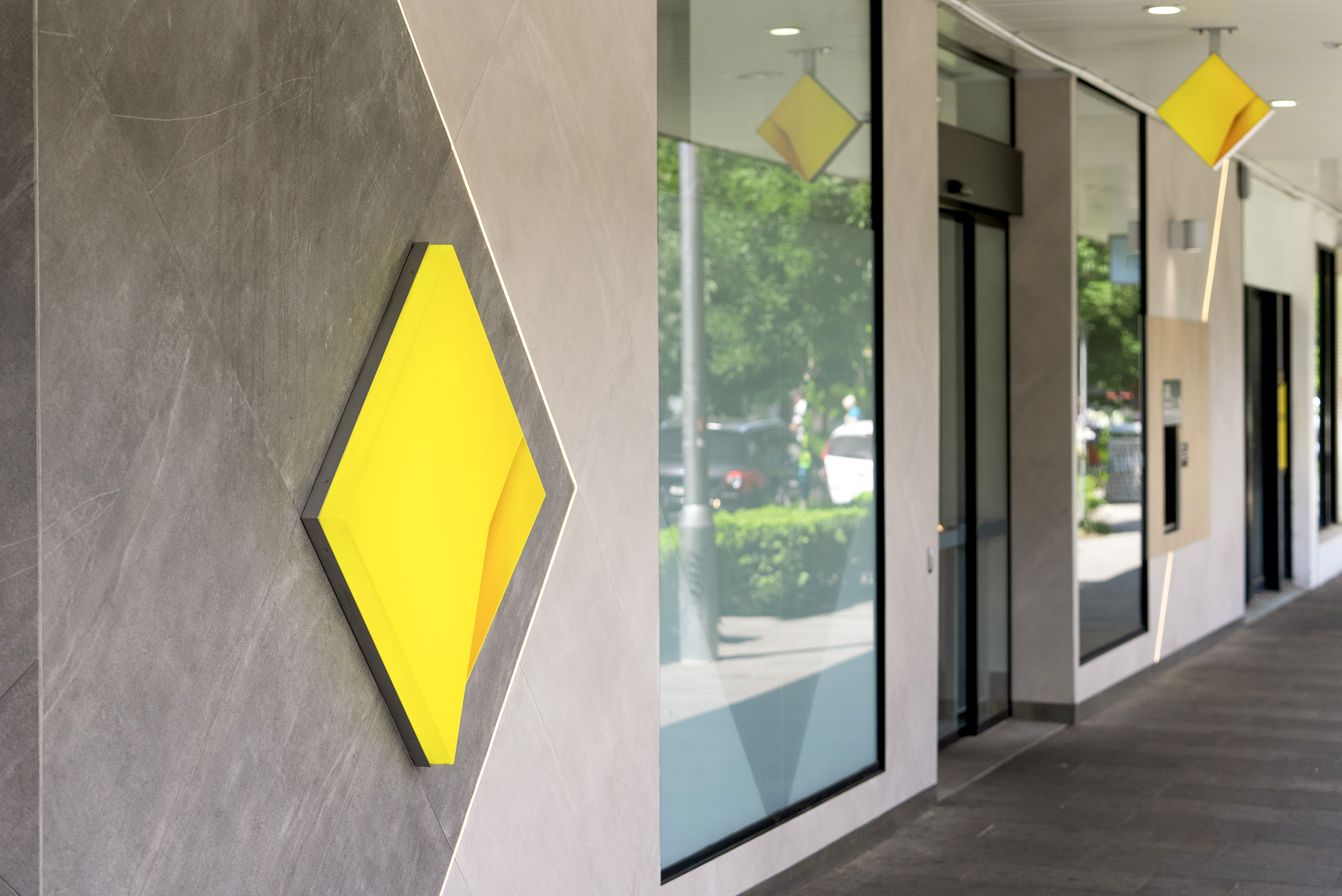Curtin University researchers have discovered tiny ‘greener’ nanocrystals that can be manipulated to produce high-quality pictures and lighting in electronic devices such as televisions.
The research, published in the Journal of Physical Chemistry Letters, found that the thickness of the tiny rectangular-shaped nanocrystals, called nanoplatelets, could be controlled with atomic precision, and can be used to improve the brightness and colour performance displayed on an LCD screen.
Lead researcher ARC DECRA Fellow Dr Guohua Jia, from Curtin’s School of Molecular and Life Sciences and the Curtin Institute for Functional Molecules and Interfaces, said manufacturers were constantly searching for products with unprecedented picture quality given the high demand and competition in the electronics industry.
“A popular choice by consumers are quantum dot light emitting diodes (QLED) televisions, which use quantum dots to produce better brightness and a wider colour spectrum. The dots act like an activation layer when applied on a blue LED backlight, producing a more saturated and wider colour gamut,” Dr Jia said.
“Our research explored whether we could improve the picture and lighting quality in similar electronic devices by creating a new form of nanocrystal. We were able to create these by using a wet-chemical, ‘bottom-up’ method, in which chemicals in their ionic phase react in a solvent in the presence of organic ligands such as amine.
“Due to their unique shape and thickness, the nanocrystals produce colour that is much more pure. If they are used in electronic devices, they can greatly improve the lighting and picture quality by generating more vivid colours.”
Dr Jia explained that the rectangular-shaped nanocrystals were non-toxic and ‘greener’ in comparison to other nanocrystals commonly used in similar devices and do not contain heavy-metal compounds.
“The method that we invented can produce the nanocrystals in a large scale. This is valuable for industrial applications, as it can greatly improve the production of nanocrystals that can be used in electronic devices such as QLED televisions,” Dr Jia said.
“The collaboration between several research groups around the world including Professor Chunsen Li from Chinese Academy of Sciences (CAS) and Dr Amit Sitt from Tel Aviv University in Israel, each with its unique capabilities and knowledge base, allowed us to tackle this unique problem both experimentally and theoretically, and may open the way for the development of new and exciting materials and technologies.
“This research also underpinned a Patent Cooperation Treaty (PCT) application, and our team is looking for commercial and development partners to progress the commercialisation of this important research outcome.”
The research was co-authored by researchers from the WA School of Mines: Minerals, Energy and Chemical Engineering at Curtin University, Chinese Academy of Sciences (CAS), The University of Western Australia and Tel Aviv University, in Israel.
The research was funded by an Australian Research Council Discovery Early Career Researcher Award (ARC DECRA).
The paper titled, ‘Why do colloidal wurtzite semiconductor nanoplatelets have an atomically uniform thickness of eight monolayers?,’ can be found online . The PCT application titled, “Heavy-metal-free metal chalcogenide nanoplatelets,” can be found online .








